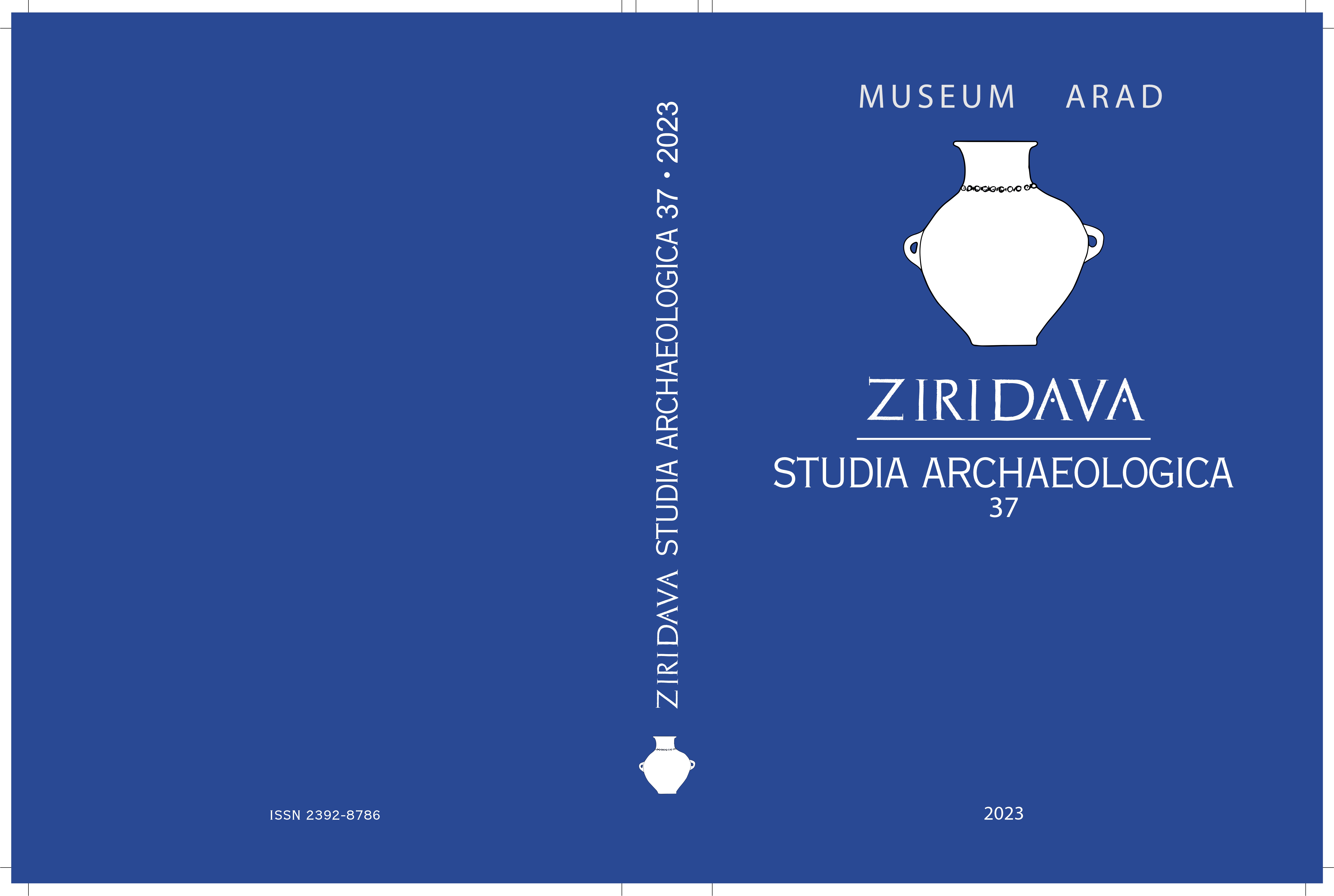“Avars before Avars”? On the “first generation” of the conqueror population in the 6th century in the regions east of Tisza in the light of archaeological and 14C analyses
“Avars before Avars”? On the “first generation” of the conqueror population in the 6th century in the regions east of Tisza in the light of archaeological and 14C analyses
Author(s): Erwin GállSubject(s): Archaeology
Published by: Editura Mega Print SRL
Keywords: Avars; regions east of Tisza (Transtisza); typochronology; 14C; “firstgeneration”;
Summary/Abstract: The aim of the research is to offer archaeological answers to the question of the identifiability of burial cultures at the end of the migration phenomenon in the regions east of the Tisza river and to identify the “first generation” of the population arriving as a result of migration in the Carpathian Basin during the second half of the 6th century. As we have shown at length in the discussion, analogy-based dating involves major risks, and the specialist ventures providing what one may call circular arguments that do not take into account the context of the items, possible different time periods, their “lifespan” (i.e. these artefacts might have been used differently over time), but the possible typochronologies established in a unitary manner in disregard of the social-human contexts, centre-periphery relations, the region where the items had been discovered, etc. A key role in the identification of the few graves is undoubtedly played by the radiocarbon dating method.We reached the conclusion that a new burial culture is very difficult to identify, however not impossible. Out of a total of 195 burial sites or burial finds datable to the first part of the Avar period (the early Avar period) east of the Tisza, we were able to date, with more or less relative security, to the second half of the 6th century – or, if approached biologically, to link to the specific population that could/would travel from the Caucasus and the Don areas to the Carpathian Basin – only thirteen (+one) burial sites or graves. The geographical distribution of those sites which we had relatively linked to the new migrants from the east is sporadic, diffusive and disproportionate, being recorded mainly in the areas of most important rivers: the middle area of the Tisza, the Mureș area and the dried Szárazér stream, the Crișul Repede – Barcău area, further to the north-west, in the Hortobágy area (Hajdúszoboszló), the Kissárét area, namely the Crișul Triplu and Crișul Repede river areas.Concurrently, together with the 14C AMS data from Pecica-Smart Diesel-Gr. 448, Nădlac-1M-Grave Ftr. 86, Szegvár-Oromdűlő and some graves from Makó-Mikocsa halom, combined with strontium data (indicative of their locality) begs the question: prior to AD 568, could not there have been unrecorded migrations from the east to the Carpathian Basin?
Journal: Ziridava. Studia Archaeologica
- Issue Year: 37/2023
- Issue No: 1
- Page Range: 119-166
- Page Count: 47
- Language: English

